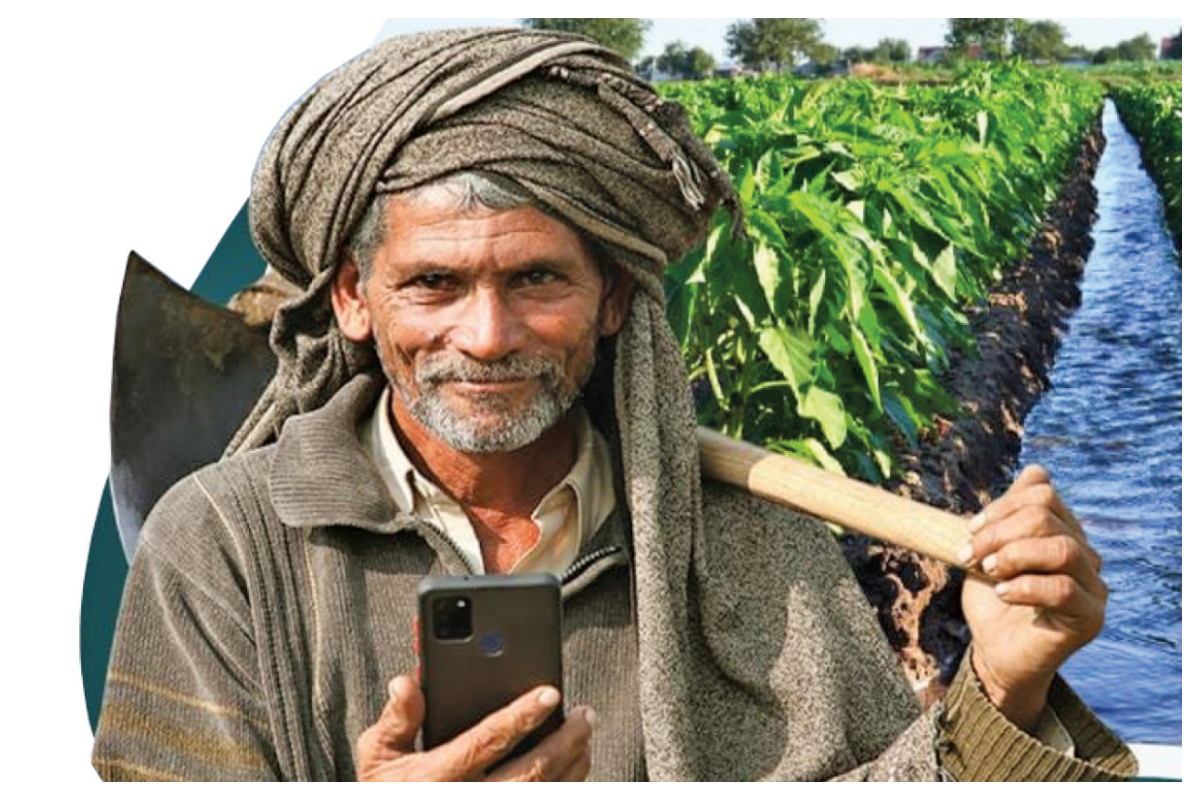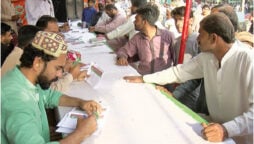
Digitising Irrigation
After Punjab, Sindh has also initiated plans to introduce e-billing for efficient collection of water revenue
KARACHI: Sindh has become the second province after Punjab to introduce the concept of e-abyana, or collection of irrigation revenue from farmers through electronic billing, by digitizing the agriculture water use data.
Abdul Basit Soomro, Chairman of the Sindh Irrigation and Drainage Authority (SIDA), told Bol News that digitization of data on four out of 14 canal systems in Sindh province would be completed in six months.
Explaining the system, he said that once digitization is done, SIDA officials will assess tilled lands through satellite images to determine which crops are cultivated on which lands. This will help them determine water charges for different farmers.
Water charges vary from crop to crop, and are determined on the basis of how much water different crops need. The present charges for a sugarcane crop, for example, are fixed at Rs 181.87 per acre, while per acre charges for cotton are fixed at Rs 93.09, for rice at Rs 88.78 and for wheat and fodder at Rs 53.3.
Once the database is digitized, e-billing to farmers will begin, Mr Soomro said. The bills will be shared with the farmers through SMS, and they will be payable in a SIDA account either through the Easypaisa service or a bank branch.
The system promises to ensure full recovery of irrigation revenue, which at the moment stands at just about 50 per cent. It will also put an end to disputes arising from conflicting claims on whether or not a crop was tilled on a certain piece of land, and what crop was it.
Explaining the problems faced under the current system, another senior SIDA official, Hizbullah Mangrio, told Bol News that the low-grade revenue collectors, locally called Abdars, collect water charges from landowners through an informal parchi (paper slip) system.
“They put together their records by physically visiting lands that fall under their area of coverage. And revenue collection is a strenuous task as landowners who are reluctant to pay their full water bills come up with several excuses, like they suffered losses due to crop failure, or that the crop was sown on a smaller land area than the Abdar’s records show, etc.,” he said.
And since there are two crop seasons in areas like Sindh – Kharif, or summer crop; and Rabee, or winter crop – the disagreements and confusion born out of conflicting claims by the two sides often lead to revenues falling far short of the targets, as well as triggering official corruption.
“If the e-billing system is implemented, it will benefit the official practices and revamp the entire agricultural system,” he said.
E-billing of water charges began in Punjab in February 2021. A SIDA team has now approached the Punjab Irrigation Department “to gain first-hand information and understand the system, and they have been very cooperative in guiding and helping us,” said SIDA Chairman, Mr Soomro.
Punjab province has in the first phase digitized data on four of its 22 canal divisions under the Indus Basin Irrigation System (IBIS), namely Khanewal, Layyah, Sheikhupura and Kasur.
Likewise in Sindh, SIDA has started off with the digitization of four out of 14 IBIS canals, which are run by three water boards, namely the Ghotki Feeder Canal Area Water Board, the Nara Canal Area Water Board and the Left-Bank Canal Area Water Board. Together, the three canal systems irrigate five million acres of land.
To manage all the 45 canal systems under IBIS, the federal government had set up a Provincial Irrigation and Drainage Authority (PIDA) in 1998. Subsequent to this, SIDA was created in Sindh province in 2002 under the Sindh Water Management Ordinance (SWMO).
Initially, four out of province’s 14 canal systems were handed to SIDA, and the remaining 10 canals were to be brought into its ambit by June 2005. But that has not happened yet, and those canals are still being managed by the Sindh Irrigation Department.
Mr Soomro said, however, that once he is able to make SIDA self-sustained with the ongoing process of digitization, he will start work on bringing the remaining canal systems within its ambit. In the meantime, the Sindh Irrigation Department could use the prototype of SIDA to ensure transparency in the recovering of irrigation revenue.
“We have to take this initiative to make the organization self-reliant, ending our financial dependence on the provincial government. On top of that, we can close all existing loopholes and abolish sham information about the status of agricultural lands in areas falling under SIDA’s jurisdiction,” he said.
Catch all the National Nerve News, Breaking News Event and Latest News Updates on The BOL News
Download The BOL News App to get the Daily News Update & Live News.












 Read the complete story text.
Read the complete story text. Listen to audio of the story.
Listen to audio of the story.